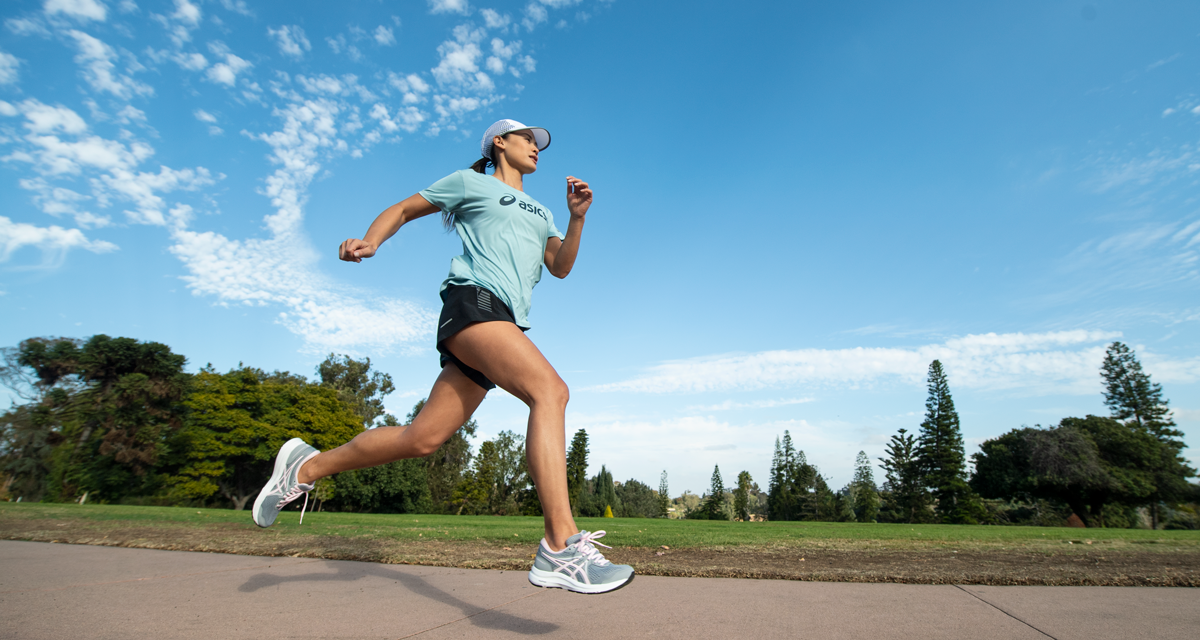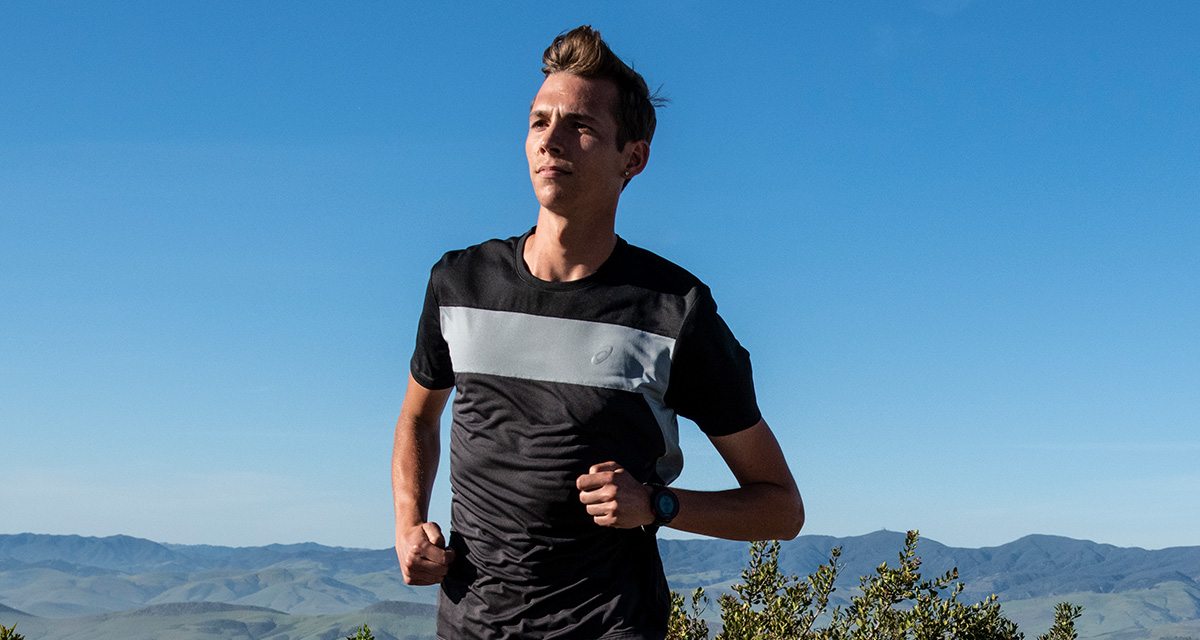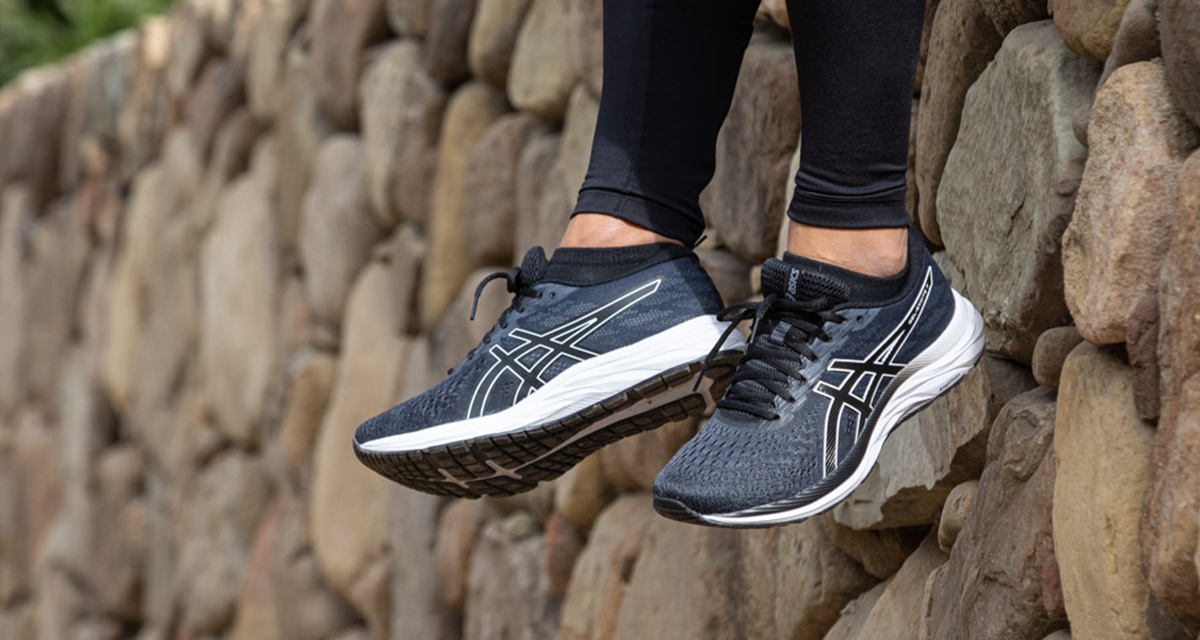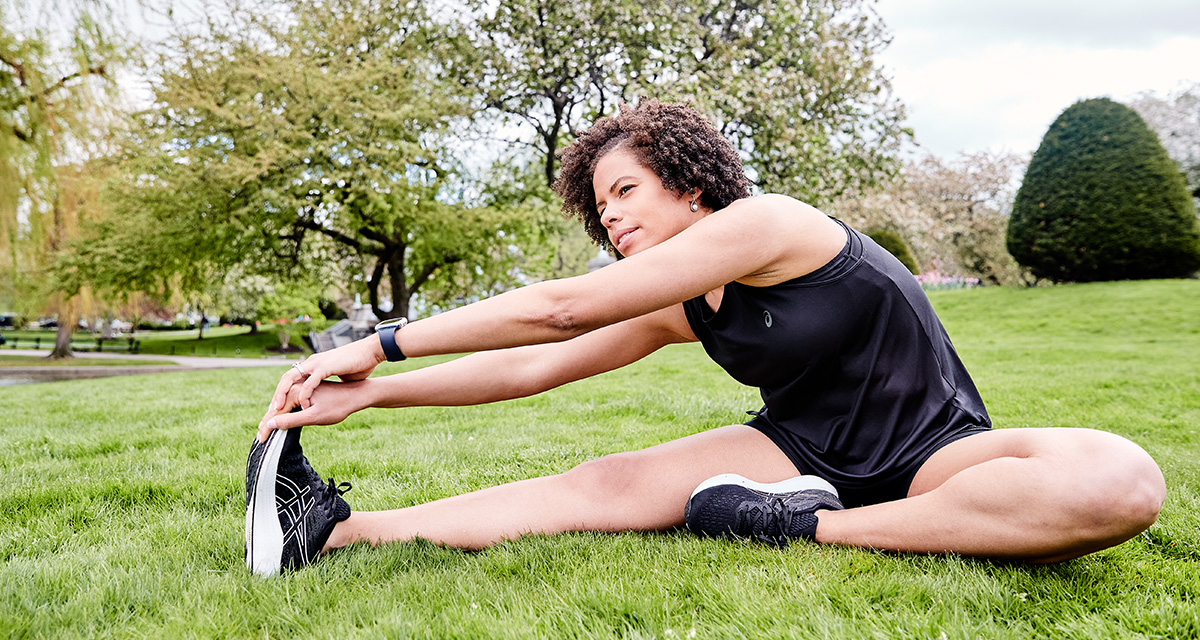VO2 max is a common buzzword in running. It’s also a known performance metric. Elite runners have higher VO2 max levels than recreational runners. But what exactly does VO2 max mean and how can you boost your VO2 max?
What is VO2 max?
VO2 max is the shorthand way of discussing maximum oxygen consumption rate. Maximum oxygen consumption is how much oxygen a person can intake and use during exercise. V stands for volume, O2 for oxygen, and max for maximum. Another common term for talking about VO2 max is “aerobic capacity.” VO2 max is an indicator of cardiovascular fitness. The higher your VO2 max, the more oxygen you can use during an aerobic exercise, such as running.
Why does VO2 max matter?
Why does it matter how much oxygen you consume while running? Oxygen is the key fuel source for your muscles during most cardiovascular exercise (except for very short, very intense efforts like 100m sprints). Your muscles use oxygen (combined with carbohydrates and fats) to produce energy for muscular contractions. The more oxygen you consume, the more oxygen you can send through your blood to your working muscles. The more oxygen in your muscles, the more energy is produced. The more energy produced, the stronger the muscle contractions–and the faster you run.
Genetics, age, and training influence one’s VO2 max. Untrained athletes will see greater gains in their VO2 max than well-trained athletes. VO2 max is not the only performance variable. Other variables such as running economy and lactate threshold affect performance. However, even once your VO2 max itself does not improve, you can train to maintain it against the effects of age. You can also boost your fitness by raising your velocity at VO2 max or the pace you run when hitting your maximum oxygen consumption.
Training for a higher VO2 max can also mitigate some of the age-related losses of fitness. VO2 max declines 9-15% per decade, due to age-related cardiovascular changes. However, cardiovascular exercise such as running slows down this rate of loss and can even improve baseline VO2 max. While older runners may not reach as high of aerobic capacity as they could in their younger years, they can still improve it even as they age.
Interval Workouts Can Boost VO2 max
Traditionally, interval training is associated with increasing one’s VO2 max. During interval workouts, the intensity is hard enough during the intervals that you reach your maximum aerobic limit. By spending time training at your VO2 max, your body adapts and increases VO2 max over time. Traditional VO2 max intervals are structured with 3-5 minutes of hard running, followed by slightly shorter recovery intervals of 2-4 minutes in length. The theory is that it takes at least two minutes to reach your VO2 max in an interval, so 3-5 minutes maximizes your time working at VO2 max before you fatigue or your form deteriorates. The shorter rest intervals prevent you from dropping too far below VO2 max between intervals.
If you are not used to interval training, you can use shorter intervals to boost your VO2 max. A review in the Scandinavian Journal of Medicine and Science in Sports shows that 30-second sprint intervals raised VO2 max in individuals with lower baseline VO2 max. Shorter intervals are an ideal way for beginners to start doing speedwork that can boost their VO2 max.
Endurance training to raise VO2 max
While it sounds almost counterintuitive, increasing your mileage with mostly easy runs will boost your VO2 max. A review in Sports Medicine found that both endurance training and interval training raised one’s VO2 max.
You can also boost your VO2 max through easy runs. While this may seem the exact opposite of interval training, it works. Easy runs are entirely aerobic. The more easy runs you do, the more your aerobic system adapts. When your aerobic system improves, then your VO2 max increases. While some runners enjoy interval work, others find that a higher volume of easy runs is what they prefer for improving their VO2 max.
Other forms of endurance training in addition to running can improve VO2 max too. These types of aerobic cross-training include cycling, swimming, and cross-country skiing. Cross-country skiing was found to be the ultimate endurance sport. The highest recorded VO2 max levels come from cross-country skiers, who can exceed 70-80 mL/min/kg. As evidenced in a 2021 study in Frontiers in Sports and Active Living, they get such a high VO2 max through mostly endurance training plus small amounts of intervals.
The best way to improve your VO2 max as a runner? Focus first on increasing the amount of easy running you do. Then, as your fitness builds, add in intervals. Vary the intervals with other workouts such as tempo runs as your experience grows as a runner. If you enjoy variety, add some aerobic cross-training also. This approach will boost your VO2 max, without neglecting other key variables of training.
Please note: This blog is not intended to be a substitute for professional medical advice, diagnosis, or treatment. Always seek the advice of your physician or other qualified health provider with any questions you may have regarding a medical condition.




